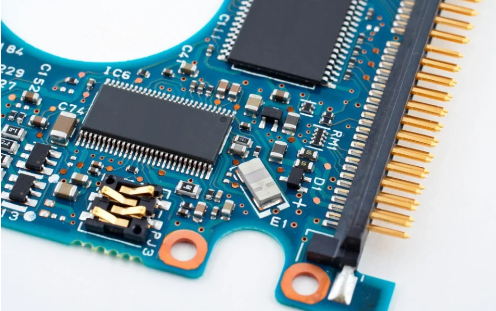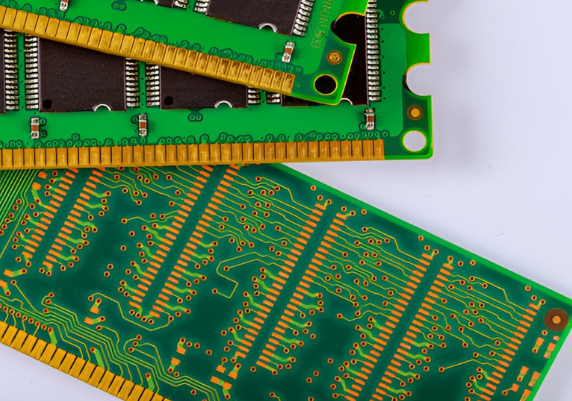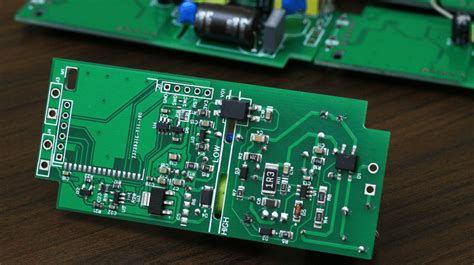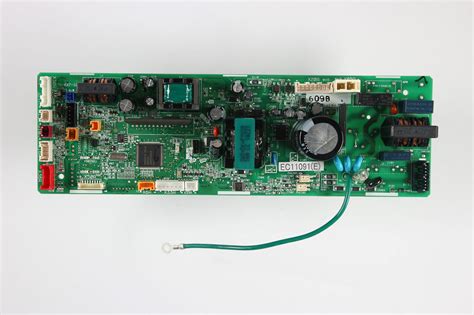Streamlined Solutions for Custom PCB Printing and Assembly
Key Takeaways
When embarking on custom PCB assembly or PCBA, understanding the foundational aspects of the processes involved is crucial. Efficient custom PCB printing and assembly hinges on a robust grasp of how various components interact within a design. Maintaining a keen focus on best practices ensures high-quality outputs; for instance, implementing rigorous quality control measures during the pcba phase can significantly reduce defects and enhance reliability. Moreover, the integration of automation technologies is increasingly transforming the landscape of PCB manufacturing, optimizing workflows and minimizing human error. As supply chains adapt to new demands, strategies to reduce lead times are essential, allowing projects to progress smoothly without unnecessary delays. Ultimately, these key takeaways underscore the importance of adopting streamlined processes and innovative techniques to elevate both productivity and quality in custom PCB projects.
Understanding the Basics of Custom PCB Printing and Assembly
In the realm of electronics, custom PCB printing and assembly forms a critical backbone, enabling the creation of intricate devices tailored to specific needs. A printed circuit board (PCB) serves as the foundational component that interconnects various electronic elements. Understanding the basics involves grasping how PCBA (printed circuit board assembly) transforms bare boards into functional products through meticulous processes like soldering and surface mounting. Typically, the process begins with design specifications, where engineers utilize software tools to layout components effectively.
To illustrate this point, consider the following table showcasing standard PCB manufacturing steps:
| Step | Description |
|---|---|
| Design | Creating layouts using CAD software |
| Printing | Etching copper layers onto boards |
| Drilling | Making holes for components |
| Soldering | Attaching components through techniques like wave soldering or reflow |
| Testing | Conducting electrical tests to ensure functionality |
This process not only highlights the scientific intricacies involved but also underscores the necessity for precision. Thus, having a clear understanding of each phase can significantly enhance production quality, leading to superior PCB assembly outcomes.
“Efficiency often arises from understanding foundational processes.”
By being knowledgeable about these essential elements, teams can effectively navigate challenges in PCBA, ultimately refining their approach for improved turnaround times and superior product quality. Understanding these aspects is vital for anyone involved in designing or producing custom PCBs, as it lays the groundwork for integrating more advanced technologies and innovations in future projects.
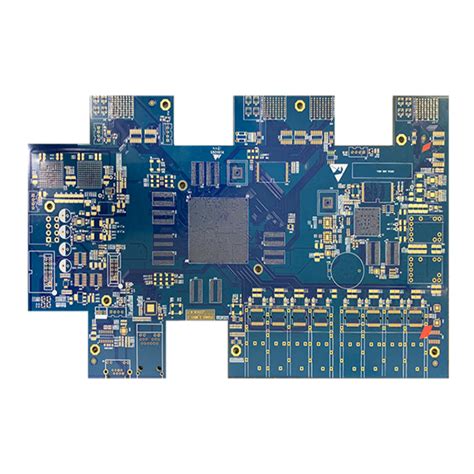
Key Innovations Transforming PCB Production
In the dynamic landscape of custom PCB printing and assembly, recent innovations have greatly influenced the efficiency and quality of PCB assembly processes. One significant advancement is the integration of cutting-edge materials, which enhances the durability and performance of printed circuit boards. The utilization of high-frequency laminates and flexible substrates not only improves signal integrity but also reduces weight, catering to the modern demands of compact designs. Additionally, the adoption of advanced pcb assembly techniques, such as surface mount technology (SMT), has streamlined operations by minimizing manual intervention, thus decreasing the potential for human error.
Furthermore, innovative software solutions are playing a pivotal role in refining design processes. Computer-aided design (CAD) tools now incorporate smart algorithms that assist engineers in optimizing layouts before production begins. These tools help ensure that all design specifications are met, improving first-pass yields significantly. Employing these technologies alongside robust quality control systems allows firms to monitor their pcba production closely, ensuring that every unit meets rigorous standards.
Moreover, automation is another key factor transforming PCB production methods. Automated pick-and-place machines can rapidly and accurately position components on PCBs with minimal downtime. This acceleration not only boosts productivity but also supports more consistent results across batches. The convergence of these innovations paints a promising picture for future advancements in custom PCB printing and assembly, as companies continue to strive for excellence in both quality and efficiency.
Streamlining Your Design Process for Enhanced Efficiency
To achieve a more effective design process for custom PCB printing and assembly, it is vital to consider several key factors that can contribute to enhanced efficiency. First, integrating advanced software tools that allow for seamless PCB design and simulation can considerably reduce errors early in the development cycle. Such tools facilitate the visualization of potential issues, enabling designers to make necessary adjustments before committing to physical prototypes. Additionally, adopting a modular design approach helps in creating reusable components and layouts, significantly speeding up the overall PCBA process.
Moreover, maintaining close collaboration between engineers and assembly teams ensures that design specifications align with production capabilities, thus minimizing delays later on. Regular feedback loops are essential, as they allow teams to identify bottlenecks and implement real-time solutions. Utilizing techniques like Design for Manufacturability (DFM) encourages the creation of designs that are easier to assemble, thus optimizing the pcb assembly process.
Moreover, taking advantage of automated design validation can further enhance efficiency by streamlining checks and balances within the production workflow. It not only boosts productivity but also contributes to maintaining high quality standards in pcb assembly. Implementing these strategies can significantly elevate your approach to PCB projects, ultimately leading to reduced lead times and improved output quality.
Best Practices for Quality Control in PCB Assembly
In the realm of pcb assembly, ensuring uncompromising quality is paramount. Establishing a robust quality control framework is essential for producing reliable PCBA that meets stringent specifications. One effective strategy is to implement automated inspection systems that leverage high-resolution cameras and software algorithms to detect defects at various stages of production. This not only minimizes human error but also increases the speed of quality checks. Furthermore, conducting regular audits and employing statistical process control can help identify and mitigate variability in the manufacturing process.
Additionally, design for manufacturability (DFM) principles should be integrated early in the design phase to enhance the overall assembly process. This involves creating designs that are easier to assemble without compromising functionality, thus ensuring that the pcb assembly can be executed efficiently. Collaboration between design engineers and assembly teams is critical in this context, as it allows for a more seamless transition from design to production.
Training workers on best practices and the significance of meticulous attention to detail also contributes positively to quality assurance. Staff familiar with troubleshooting techniques can address issues proactively, ensuring that each PCBA adheres strictly to established production standards. By cultivating a culture of quality within the team, organizations can achieve higher levels of precision in their pcb assembly processes, ultimately leading to superior final products that satisfy customer expectations.
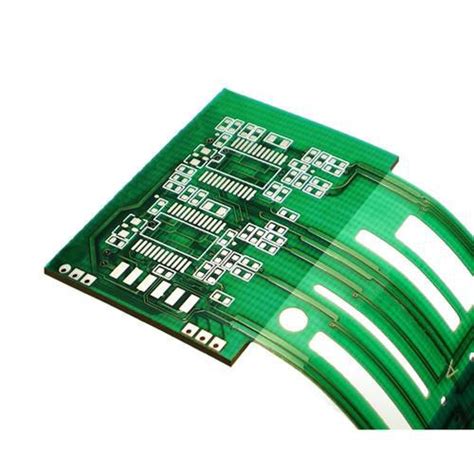
Reducing Lead Times: Techniques and Strategies
In the competitive landscape of custom PCB printing and assembly, minimizing lead times is crucial for meeting deadlines and satisfying customer demands. One effective strategy involves optimizing the design phase. By employing software tools that enhance design accuracy, manufacturers can reduce the time spent on revisions and corrections, streamlining the transition from concept to production. Another vital approach is the integration of just-in-time (JIT) practices within the supply chain, ensuring that components arrive precisely when needed, thereby decreasing excess inventory and related costs.
The adoption of advanced technologies, such as automated optical inspection (AOI) systems during PCBA processes, also plays a significant role in reducing lead times. These systems provide real-time feedback on assembly quality, allowing for immediate adjustments that prevent delays later in production. Moreover, fostering strong relationships with suppliers can enhance communication and expedite sourcing components, leading to faster turnaround times.
Incorporating these techniques not only speeds up production but also maintains high standards of quality, resulting in improved overall efficiency in pcb assembly operations. By focusing on these strategies, organizations can achieve a more agile production cycle and better meet their project timelines while ensuring excellent outcomes for their custom PCB projects.
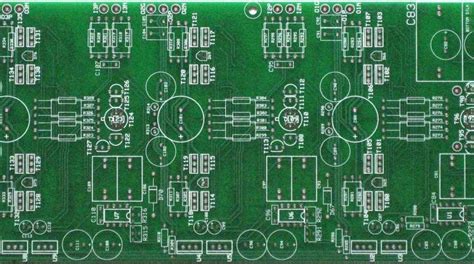
Case Studies: Successful Custom PCB Projects
Examining real-life examples of custom PCB printing and assembly can provide valuable insights into the best practices and innovative strategies that have successfully enhanced production processes. One notable case involved a technology firm that sought to develop a new gadget with unique PCB designs tailored for high-performance applications. By leveraging pcb assembly techniques combined with advanced materials, they achieved a significant reduction in overall weight while improving thermal efficiency. This project’s success hinged on meticulous planning and collaboration, ensuring that every step—from prototyping to final pcba—was executed flawlessly.
Another compelling example comes from an automotive manufacturer, which implemented streamlined pcb assembly processes to create reliable electronic control units (ECUs). By employing automated machinery during assembly and integrating real-time quality checks, they decreased defect rates dramatically. The results not only positioned them favorably in a competitive market but also underscored the critical importance of innovation in the custom PCB printing and assembly industry.
These case studies highlight how effective methodologies in pcba can lead to remarkable outcomes and offer useful lessons for other organizations aiming to refine their own production strategies. As the landscape evolves, embracing such insights will be essential for staying ahead in the realm of custom PCB projects.
The Role of Automation in Custom PCB Assembly
The integration of automation in custom PCB assembly is revolutionizing the industry by significantly improving efficiency and precision. Automated systems, such as pick-and-place machines, are designed to optimally position components on printed circuit boards during PCBA processes, enabling a more accurate and faster assembly flow. This technological advancement minimizes human errors that can occur during manual assembly, ensuring higher consistency in the final product. Furthermore, automation facilitates better scalability, allowing manufacturers to increase production rates without compromising quality. As a result, businesses can achieve reduced lead times and lower costs while maintaining high standards of reliability in their pcb assembly projects. The ongoing development of advanced technologies like machine learning and artificial intelligence is expected to further enhance these automated systems, making the future of custom PCB printing and assembly even more efficient and robust. With these innovative tools at their disposal, companies can streamline their operations and respond effectively to the ever-evolving demands of their clients.
Future Trends in PCB Printing and Assembly Technology
The landscape of custom PCB printing and assembly is constantly evolving, with emerging technologies poised to redefine how we approach pcba. One of the most significant trends is the integration of additive manufacturing, which allows for more intricate designs and reduces material waste. With techniques such as 3D printing, manufacturers can innovate by creating more complex structures that traditional methods cannot achieve. Additionally, advancements in automation are streamlining processes, minimizing human error, and enhancing production speed. As companies increasingly adopt Internet of Things (IoT) technology, real-time data analytics become integral in monitoring the production line for efficiency improvements. Furthermore, the use of AI-assisted design tools allows engineers to optimize layouts and component placements for better signal integrity and reduced electromagnetic interference. These innovations not only enhance production quality but also contribute to significantly lower lead times in pcb assembly, ultimately meeting the growing demands of various industries. As we look ahead, embracing these emerging technologies will be key in maintaining a competitive edge in the market while delivering high-quality products that meet complex specifications.
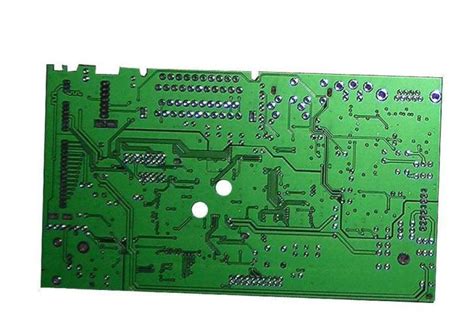
Conclusion
In the realm of custom PCB printing and assembly, understanding the nuances of PCB assembly processes is crucial for achieving optimal results. As technology evolves, embracing innovative techniques and streamlined processes can significantly impact the overall efficiency of your projects. By implementing best practices tailored to PCBA, you can enhance production quality while simultaneously reducing lead times. Staying informed about the latest developments in custom PCB technology will empower organizations to make informed decisions, resulting in successful project outcomes. Ultimately, investing time and resources in refining your approach to custom PCB printing will pave the way for enhanced competitiveness in an increasingly demanding market.
FAQs
What is PCB assembly?
PCB assembly, or PCBA, refers to the process of attaching electronic components to a printed circuit board (PCB) to create a functional electronic device. This process can involve both surface mount and through-hole technology.
What advantages does custom PCB printing offer?
Custom PCB printing allows for precision designs tailored to specific project requirements, leading to improved performance and greater efficiency in production. It also enables faster prototyping and the realization of complex designs.
How can I reduce lead times in PCB assembly?
To reduce lead times in pcb assembly, it’s crucial to optimize design processes, maintain good communication with suppliers, and utilize automation technologies. Streamlined project management can also significantly impact turnaround times.
What are the best practices for quality control in PCB manufacturing?
Implementing rigorous quality control measures at every stage of pcb assembly is vital. This includes conducting regular inspections, employing automated testing solutions, and ensuring all components meet specified standards.
What role does automation play in custom PCB assembly?
Automation enhances efficiency by minimizing manual labor and reducing the risk of human error during the pcba process. Automated machines can operate at higher speeds and accuracy, leading to faster production rates.


